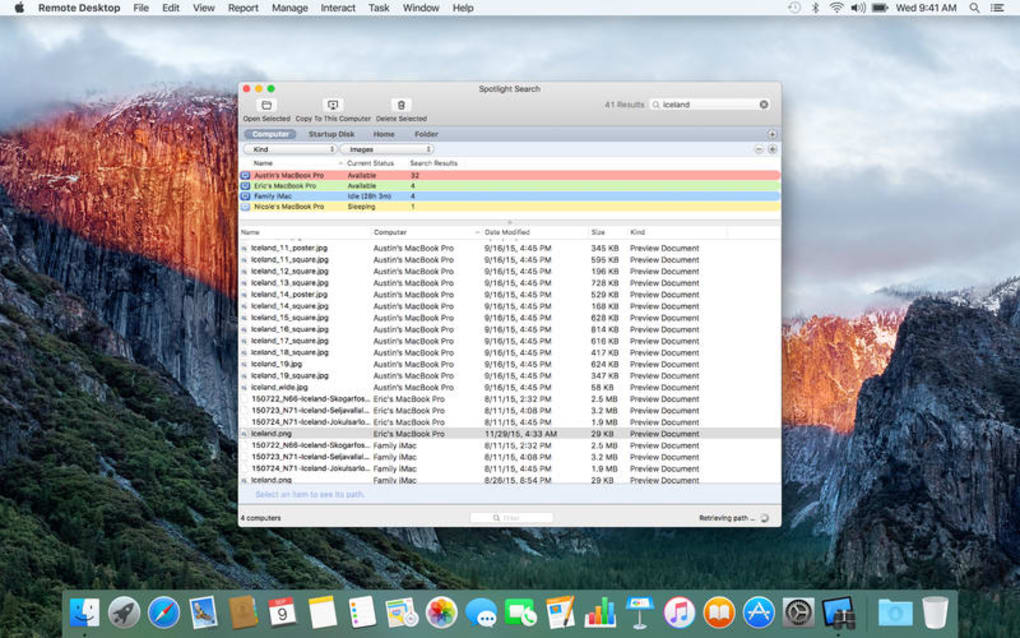

:max_bytes(150000):strip_icc()/RemoteDesktopMac-5c90020ec9e77c0001e11dd7.jpg)
You can find it on the Mac App Store, or following the dedicated icon on Mac Self-Service which will forward you to the appropriate App Store page. The recommended client software is Microsoft Remote Desktop client. You can use a Remote Desktop Protocol client to connect to a Windows Terminal Server or a Windows PC with Remote Access enabled. After configuration, you start administering computers by adding clients to the main list of computers.CERNTS - the CERN Public Terminal Server ClusterĬonnect to a Windows Computer at CERN from OutsideĬonnect to a Windows Terminal Server from a Mac

When you install Remote Desktop and open it for the first time, use the setup assistant to finalize configuration. Non-Mac client computers must have Virtual Network Computing (VNC)–compatible software. System/Library/CoreServices/RemoteManagement/ARDAgent.app To find the client software version on Mac computers you haven’t yet added to the All Computers list, go to the computer, locate the following file in the Finder, and check its version: To find the client software version, when you’re using Remote Desktop, select the computer, choose File > Get Info, and look at the ARD Version field. Mac client computers must have version 3.6 or later of the Remote Desktop client software for full control.Īlthough you may be able to control and observe Mac computers using earlier versions of the Remote Desktop client software, you can’t generate reports or execute remote commands. Mac computers must be running OS X 10.10.5 or later. To use Remote Desktop, your administrator and client computers must meet these requirements: Use the Remote Desktop AppleScript dictionary.Restrict clients to a specific Task Server.Sleep, shut down, log out, or restart a computer.Customize the columns for computer lists or scanners.Switch between full screen and in-window control.View a user’s account picture while observing.View a computer’s system status while observing.View a VNC server’s additional displays.Shortcuts in the multiple-client observe window.Virtual Network Computing access and control.Enable directory services group authorization.


 0 kommentar(er)
0 kommentar(er)
